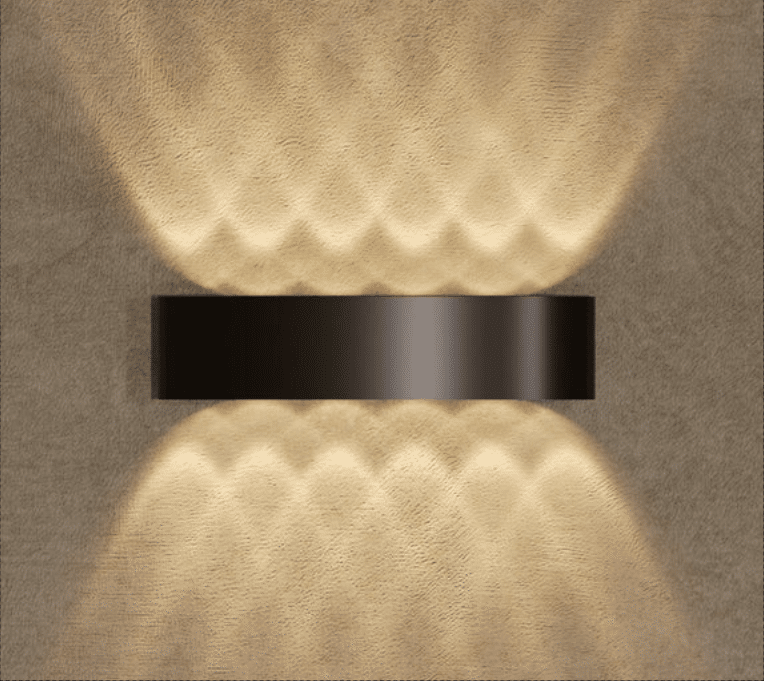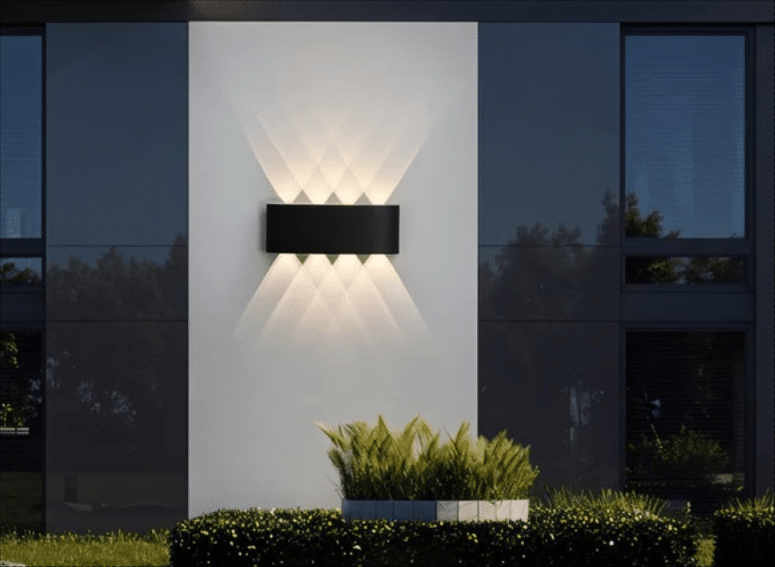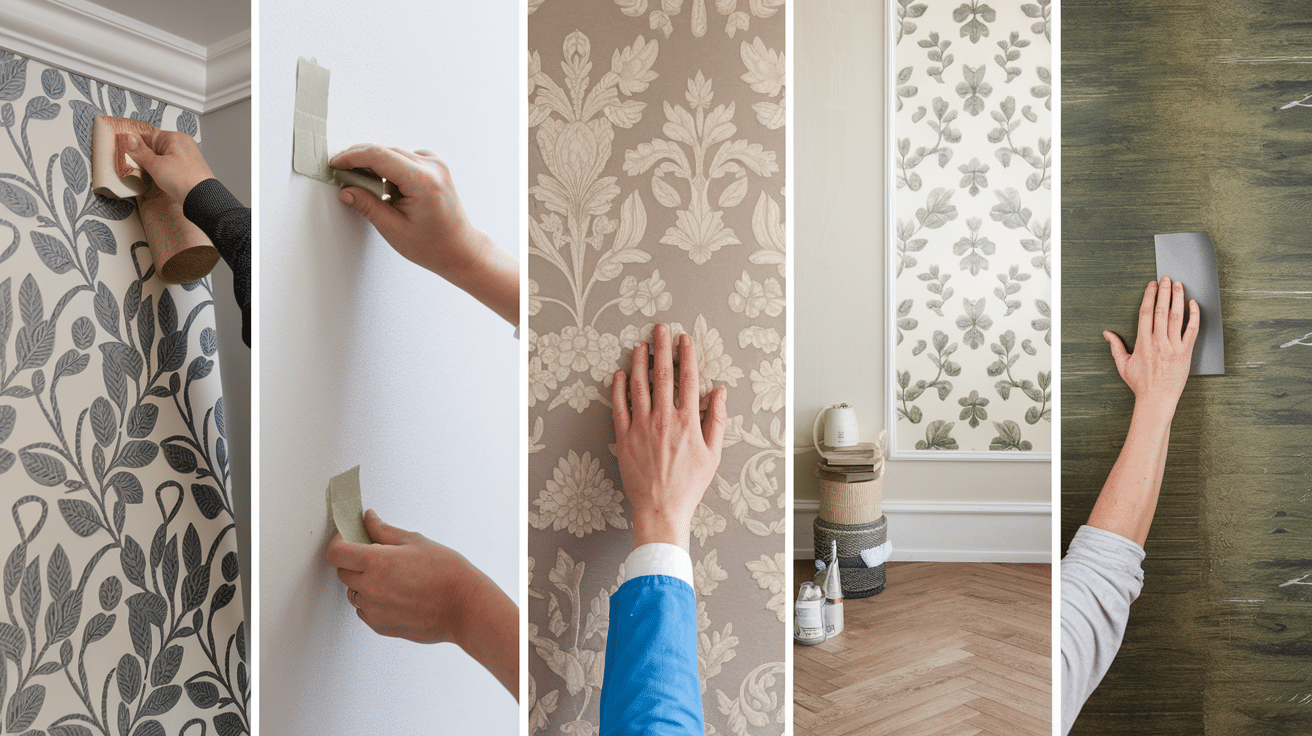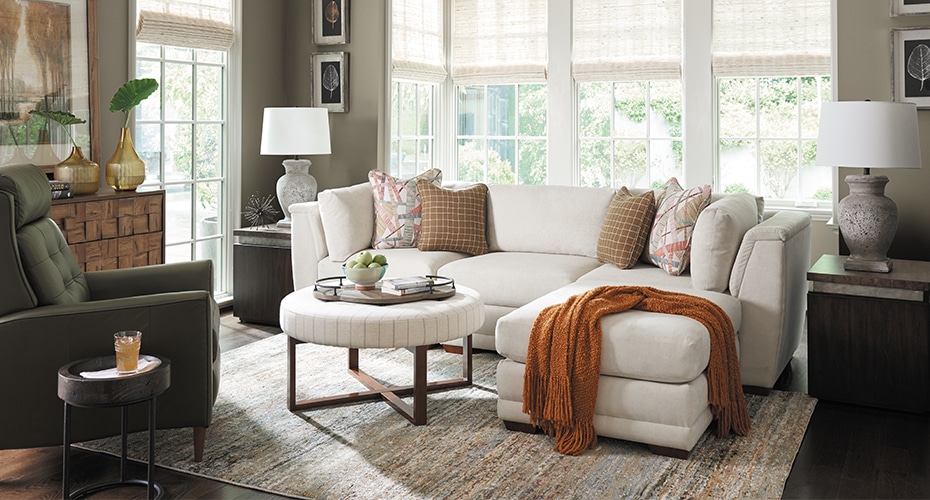How to Choose the Best Wall Lamps?
There are many wall lamps that light up a room and serve as a guide at night. There’s nothing wrong with that.
Wall lamps like these are fully functional, and functionality is the most important factor in choosing the right wall lamp.
As you have established, functionality is the most important factor when looking for, selecting, and purchasing a wall lamp for your home or any room in your home. But what’s even better is the style.
The design of the wall lamp you want to get. The style and design of the wall lamp you want to buy is another important factor.
It may not be as important as functionality, but you won’t regret adding it to your ‘things to look for when buying a wall light’ list.
The design and style of wall lights not only add personality to your home but they can also be used as home decoration when they are no longer functional.
Therefore, the style/design of the wall lamp should be in harmony with its functionality while searching for and choosing the right wall lamp for your room or home. Functionality and design are key to finding the perfect wall light for your home.
How to Choose the Best Wall Lamp?
If you’re looking for a way to highlight your art collection, you need to ask yourself a few questions.

Why Do You Need Wall Lights?
When you hear the words wall lights, many people’s first thought is decorative sconces with no practical lighting that can be used as accent lighting.
Although wall lights are mostly used as decorative devices, they are often used for various purposes, including reading, appropriate task lighting, and general protection.
Wall lighting is also an important component of a properly layered design.
Where Should You Integrate Wall Lighting?
Wall lights can be used in a variety of spaces, both inside and outside. Wall-mounted fixtures provide supplemental lighting when used with ceiling lights, and using wall lights instead of overhead lights creates a greater ambient effect and reduces glare.
Vanity lamps are an essential part of bathroom lighting layering. Spiral LED lighting can be a beautiful addition to your lounge.
How Many Wall Lights Do You Need?
The location of your wall lights is very important to get the most out of them.
While ceiling height and fixture size apply, a good starting point is placement at eye level (5.5 to 6 feet).
No matter how high you hang your wall lights, you can avoid eye contact with uncovered bulbs.
Wall lights are popular in hallways, but if you add too many lights to a long, dark hallway, it can easily start to look like a runway.
One fixture every 8 to 10 feet is sufficient, but depending on your space, lumen production, and fixture size, you may need slightly more or less space.
A more reasonable configuration would be to stagger the lights to match around the hallway. Depending on your needs, you can use fewer or more fixtures for decorative points.
You may often think about how far a fixture sticks out from the wall. Low-profile fixtures are ideal for narrow hallways, stairwells, and high-traffic rooms near walls.
The ADA compliant fixture is no more than 4 inches deep, allowing for even thinner LEDs and perfect fit for space.
What are the Different Styles of Wall Lights Available on The Market?
Wall lights come in a variety of styles and materials for use inside and outside the home. Wall lights are also widely used in workshops, factories, garages and other commercial buildings.
Made with a simple, industrial design for practical use, it also adds a decorative style to decorate your home and other indoor environments.
Wall lamps are also designed to mimic the look of antique, industrial and rustic wall sconces, but there are also more modern and Nordic designs to choose from.
Wall lamps are typically attached to a mounting plate with curved metal rods and plates and connected to the building’s existing electrical wiring.
These types of wall lights are installed for a variety of reasons, from convenience to safety.
Conclusion
Some wall lights can act as both uplights and downlights, giving you the best of both worlds. Many models have built-in switches for independent access, and pin-up kits can be inserted into any available socket, eliminating the need for wiring.
Few wall lights are bright enough to provide total ambient light to a space, but scattering them throughout a room or using them as a focal point can be a beautiful and dramatic solution.







